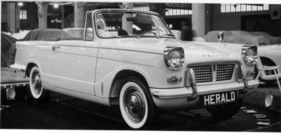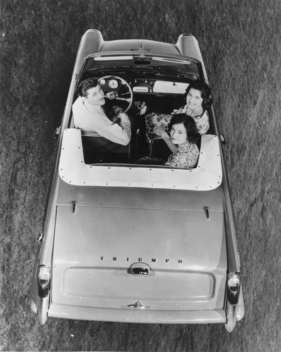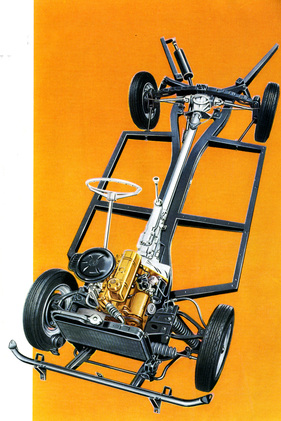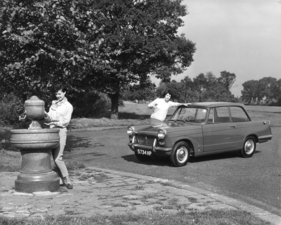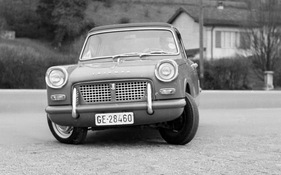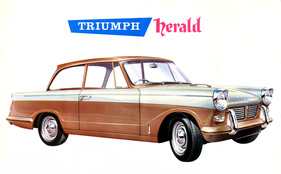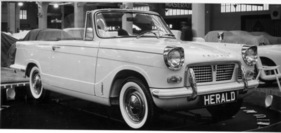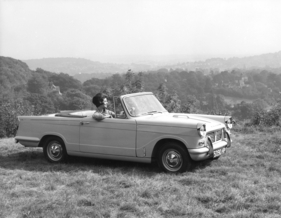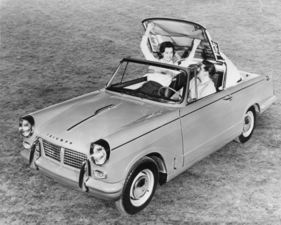Triumph Herald 1200 Cabriolet in the (historic) test - the uncomplicated shellfish
Summary
After the Second World War, the British automotive industry was regarded as rather unimaginative and technologically backward, at least as far as utility cars for the middle class were concerned. By the end of the 1950s, however, this image was quickly shed, and not only the Mini but also the Triumph Herald contributed to this. The practical and cultivated car could be produced in different versions with few adaptations thanks to its shell construction and impressed with balanced handling, well thought-out safety features and an almost unbelievable turning circle. This article reproduces an original test report from November 1961 and shows the Herald in historical images and sales material.
This article contains the following chapters
- Bodywork from the kit
- Cultivated engine
- Independent front and rear suspension
- How it drives
- Safety not always visible
- Positives and negatives
Estimated reading time: 12min
Preview (beginning of the article)
For years, British car designers were accused, not without justification, of a certain lack of ideas when it came to mid-range passenger cars in terms of price and performance. This not only applied to the exterior design of these cars, but also to their "internal conception" in the post-war years up to 1959 - the time when the situation on the export markets began to become increasingly difficult. In 1959, there was a noticeable technical "leap" in the history of British automobile construction. This mainly affected the utility cars. In the extra class and in pure sports cars, the island has always built remarkable vehicles.
Continue reading this article for free?
Photos of this article



